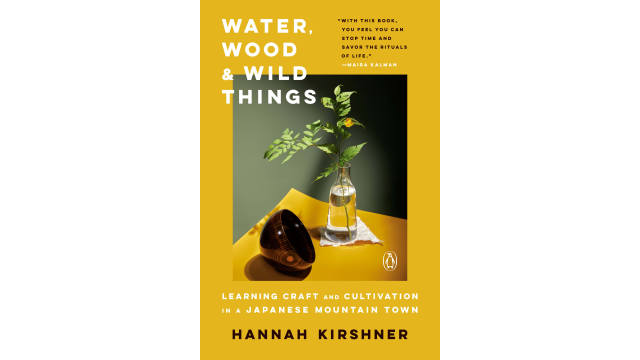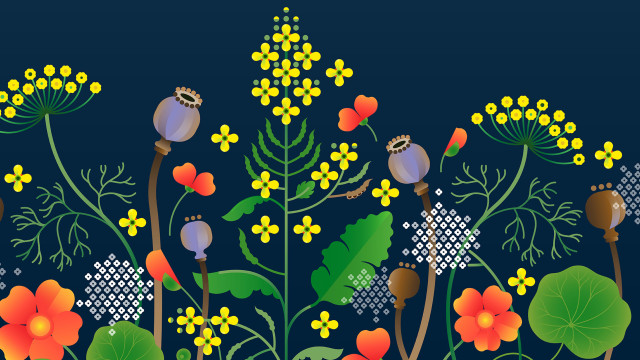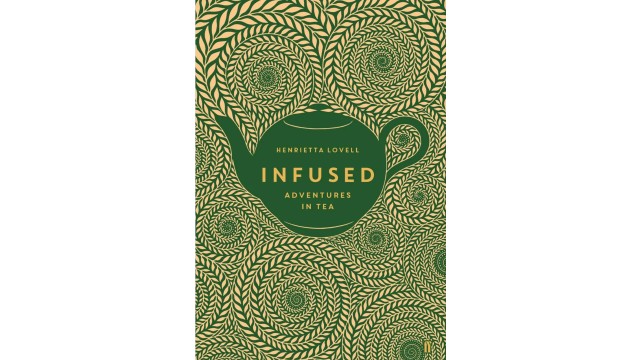Calendula

What is calendula?
This gorgeous flower — not to be confused with true marigolds, the herbaceous plants from the sunflower family — is a garden staple that is as easy to grow as it is to adopt in your daily diet. Found in varying hues of gold, yellow, and orange, its petals have been dried and ground to be used as a substitute for saffron since the Middle Ages.
Why is calendula healthy?
There’s some evidence that calendula flowers can benefit your skin when used topically in ointments, improving hydration, speeding healing, soothing rashes, and even providing some protection from the sun. Calendula tea has also shown promise for helping reduce inflammation, and it may have antibacterial and antifungal properties.
What does calendula taste like?
A “spicy” fragrance and a suitably peppery flavor is what you can expect from this flower. The trimmed petals are milder in taste and can be compared to arugula. Often referred to as the poor man’s saffron, it’s best used in small amounts to brighten or garnish a dish.
How do I use calendula?
Pick flowers that haven been grown organically without the use of any pesticides, and to be respectful to the floret and make the best use of it, pull entire petals from the stem and cut off the base with scissors. Both the petals and leaves are edible, but the leaves are spicier, so they need to be balanced out with milder ingredients, if you’re trying them out.
A unique way to incorporate them in your kitchen is by making flower butter and flower oil. For the former, just blend unsalted butter with petals before freezing it in plastic wrap and serve a slice with your scones. The latter is much like a vivacious, saffron-colored.
The petals impart a quaint touch to cakes, breads, biscuits, and pancakes. Not bold enough to eat the petals? Steep them in water to make tea.
What does calendula pair well with?
Mostly petals are used fresh, but can be consumed dry, either raw or blanched, in a sweet or savory dish. Rich in carotene and lycopene, the subtle, peppery flavor and deep golden hue makes it perfect for soups, stews, casseroles, risottos, and pastas, and even egg- and dairy-based dishes, while adding a distinct kick to salads or as a garnish.
Where does calendula grow?
A staple in sunny locations — in ode to its sunny disposition — this flowering plant from the daisy family is perennial and can thrive in almost any type of soil. Most studies point to its origin in southern Europe.
How to buy calendula
Calendula is best when you grow it yourself; pick it when you need it. It’s an easy and attractive plant for containers or gardens. If you want to make tea, dry the flowers in the sun for a day or two and then store them in a jar. Or buy it already dried from a reputable source.
Fun calendula fact
Medieval legends claim that the Virgin Mary enjoyed wearing golden blossoms and hence, monks dedicated the flower to her, and gave it the initial English names Marybud and Mary Gold.


